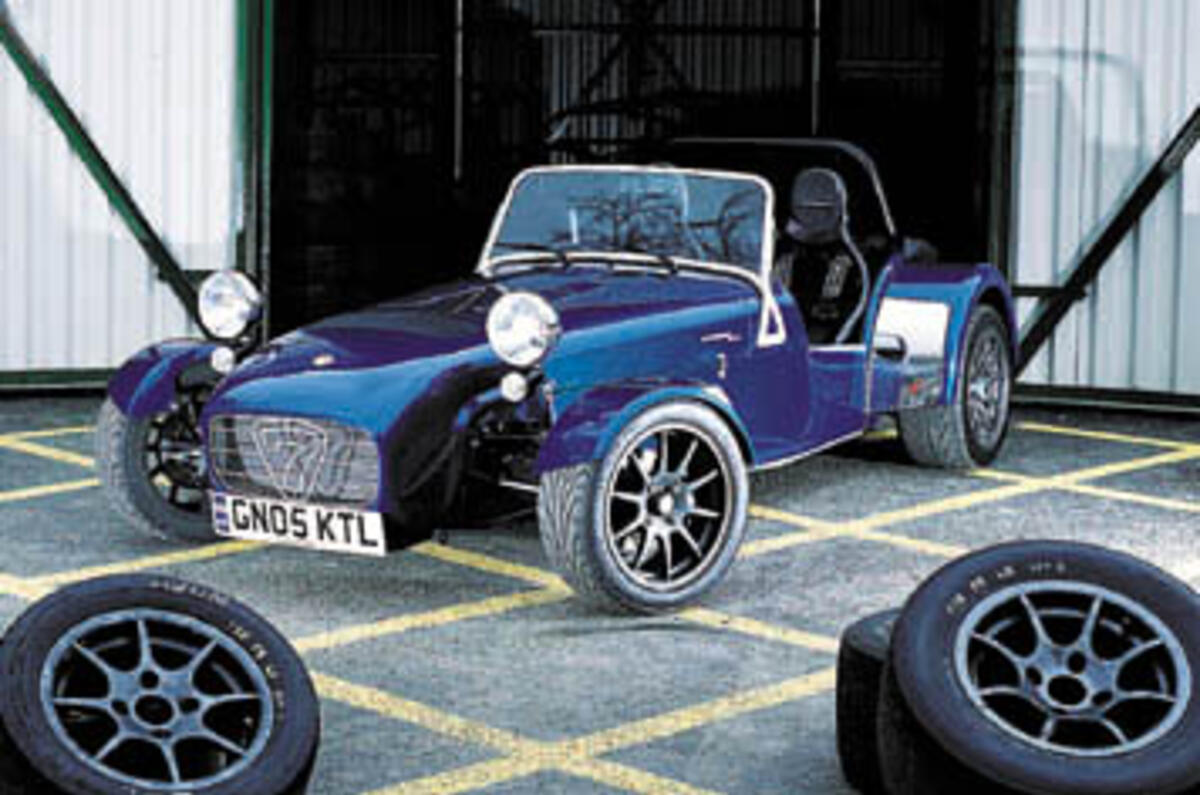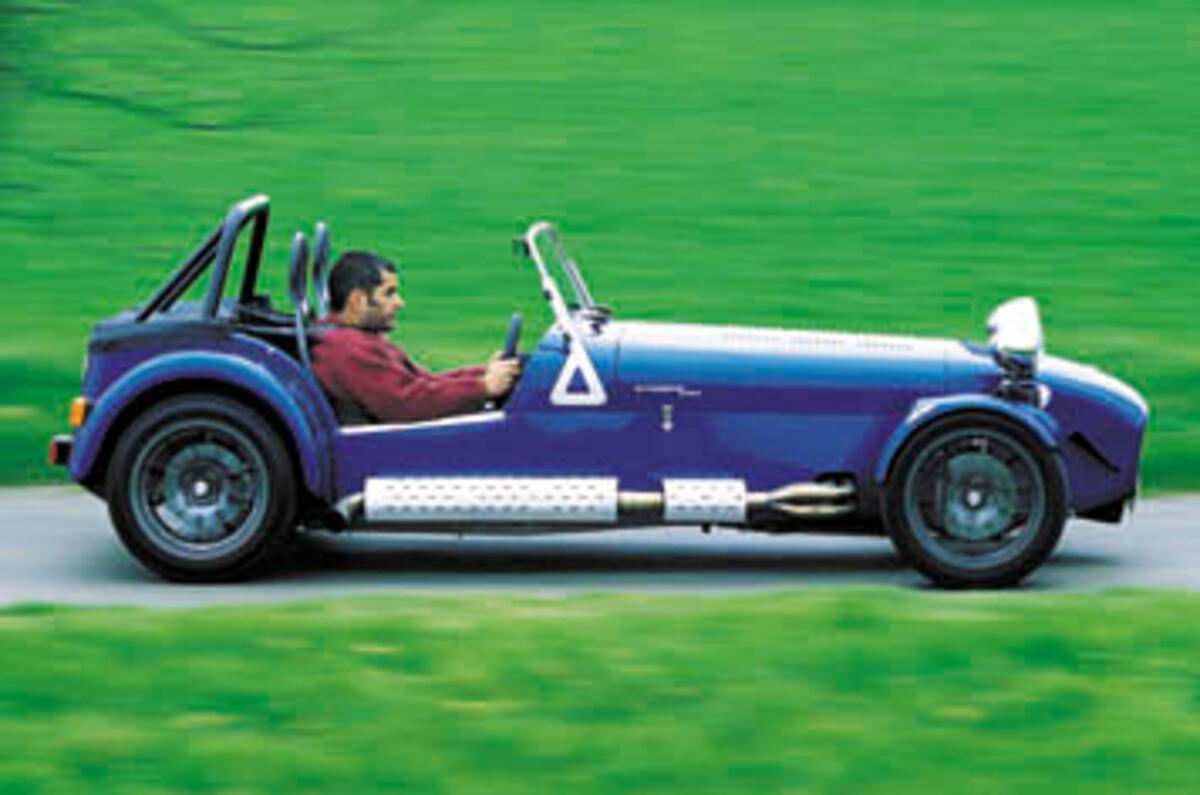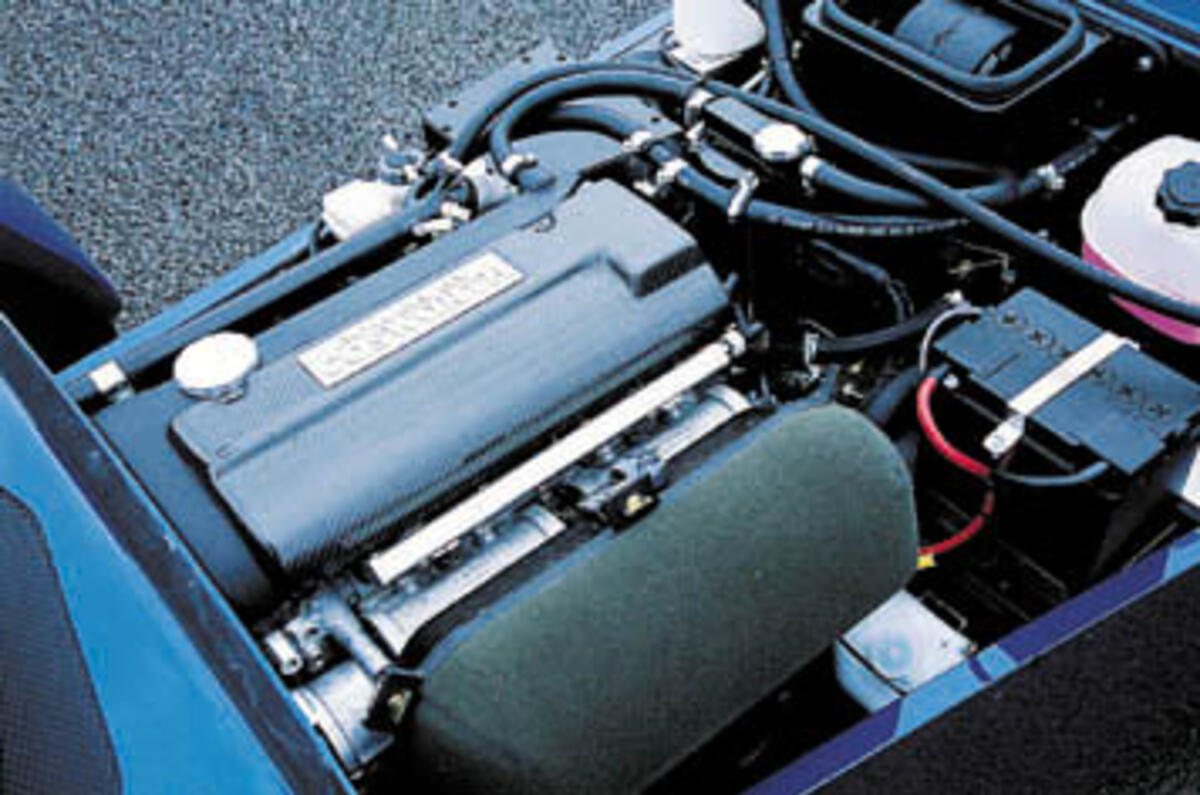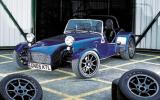I’ve had this feeling once before, and I remember exactly where and when it happened. Late 2000, one mile away from the Lotus factory gates in an Elise. At first it seemed that something had gone awry with my backside. Ahead was an angry-looking road surface, probably scarred by the hasty work of some cable television company, and we were in a sports car. But there was no correlation at all between bump and bottom. Did I have trucker’s arse? Could 80,000 miles a year have finally caused irreversible damage to those delicate nerve-endings?
Turns out there was nothing wrong with my bottom. Lotus had simply managed to perfect the damping of the Elise to a level where it simply floated over the road surface. And if an Elise floats, the new Caterham CSR 260 levitates. It has the best damping on UK roads of any sports car I have ever driven. It is an extraordinary vehicle, and one that will have a profound effect on the company.
I drove a development CSR race car last November. Predictably it was very fast and equally capable around Donington Park, but so much has happened to Caterham and the CSR in the meantime that I now feel inclined to forget that day ever happened. Since then the car has gained a colossal 100 per cent extra torsional stiffness, been finished to a level befitting a company whose products are better than any other in the same marketplace, and those dampers have been painstakingly worked on.
So this is the road-going Caterham CSR. The first new Seven in 48 years, and the car that former Lotus man Ansar Ali bought when he persuaded the Nearn family to sell the family silver back in January. If you judge the quality of a transaction on the products and goodwill you inherit, Ali has himself a good deal. Feeling the CSR work its magic over the roads around Cadwell Park, it’s difficult to know where to start in explaining the differences from old to new.
We’ll begin with the chassis. Now infinitely stiffer than the old car (known internally as Series 3) and boasting double wishbones all-round with pushrods linking coil-over spring and damper units, owners of the last-generation cars simply won’t recognise the way the CSR covers ground. Compared to my R500, which runs suspension as high and soft as 240bhp in a roller skate will allow, this car has so much more suspension control it will deal with anything at almost any speed without a wheel even leaving the surface. Try the same in an R500 and you’ll be visible on RAF radar.
The secret to this is a combination of the rigid structure, the independent set-up at each corner and some meticulous damping work . To arrive at the settings on the bespoke Bilstein dampers, Caterham worked with Multimatic Technical Centre Europe and tried no less than 36 settings for the front shock and a scarcely believable 89 at the rear.
If the car looks similar, don’t be decieved into thinking it’s just another fast iteration of the Caterham staple. Running a 2261cc Cosworth-fettled engine of Ford, ahem, commercial vehicle origin, it puts out a solid 260bhp at 7200rpm and enough torque to make R500 owners such as yours truly weep: 200lb ft at 6200rpm.
Unsurprisingly, this bumps the CSR up the road at a serious lick. It’s probably a touch faster than last year’s silly R500 Evo, but the extra torque means far less stirring of the gearbox. That’s almost a shame because, within the revised cabin, the lever has been repositioned to perfection and even though it’s the same ’box as before, I’ve never driven a sweeter example than this.






















Add your comment